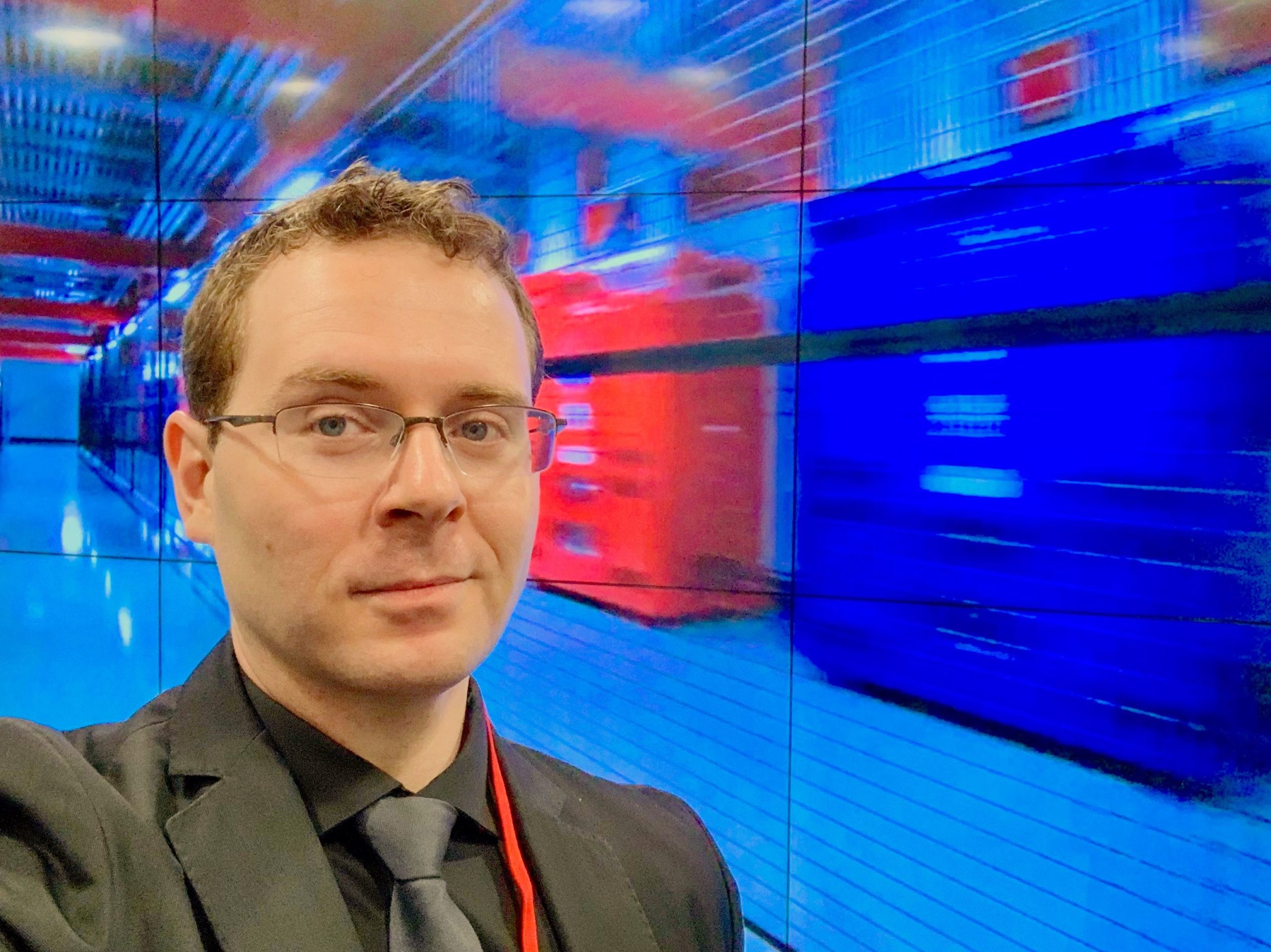Data Center Liquid Cooling Market Is Heating Up!11 min read

I love discussing the concept of liquid cooling. Moreover, to be honest, we hear about a great many more conversations and use-cases regarding the deployment of liquid cooling solutions. Consider this, Gartner estimates that ongoing power costs are increasing at least 10% per year due to cost per kilowatt-hour (kWh) increases and underlying demand, especially for high power density servers. Approximately 10% of data center operating expenditure (OPEX) is power, and power is likely to be about 15% of data center OPEX within five years. These rising costs suggest that the way we optimize and cool our data centers must change.
The Need for Liquid Cooling In the Data Center
A recent report from Technavio indicates that the adoption of liquid-based cooling is increasing as it is considered more efficient than air-based cooling. Water-based cooling, a sub-segment of liquid-based cooling, is the most widely accepted cooling system. The global data center cooling market using liquid-based cooling techniques is expected to grow at a remarkable rate through 2020, posting a CAGR of almost 16% during the forecast period.
Furthermore, according to Stratistics MRC, the Global Data Center Liquid Cooling market was estimated at $0.64 billion in 2015 and is expected to reach $3.56 billion by 2022 growing at a CAGR of 27.7% from 2015 to 2022. Rising need for eco-friendly solutions and increasing power density of server rack are the key drivers fueling the market growth.
So – what does this mean for you? Where should you be looking when it comes to liquid cooling solutions?
Understanding Liquid Cooling Market Player
In a recent blog, here at Upsite, we discussed a few different types of use-cases and technologies focused on liquid cooling. Specifically, we examined CoolIT and Ebullient.
Of course, there are other fantastic players out there as well. Today, we look at Aquila.
Who is Aquila?
Aquila is an employee-owned technology firm located in Albuquerque, New Mexico. Aquila partners with public, private, and global organizations in advanced communication, network design, and implementation, project management, information security, prototype design, and manufacturing. The firm holds several GSA schedules and State of New Mexico contracts for services and equipment/software. Aquila focuses on quality, and in September 2010 received ISO 9001 certification.
For almost 30 years, Aquila has dedicated itself to the design, engineering, manufacturing, installation, and maintenance of threat-resistant technologies and data-sensitive systems in a variety of environments that may be vulnerable to invasion and intrusion with innovative solutions and design integrity.
What Makes Them Special?
Aquila has made something extraordinary. With their Aquarius solution, they are taking liquid cooling design to a new level. For example, their Dual Processor Intel® Xeon® Aquarius server systems offer higher performance, higher reliability, higher density, and excellent efficiency levels. Check out the official Aquila Design microsite for more details.
With overall efficiency in the 95% range for your server resources, adopting Aquarius, liquid-cooled computing can markedly enhance your data center’s PUE, while drastically reducing operating expenses.
Here’s the other cool part – Aquarius is the first ever fixed cold plate liquid-cooled Open Compute Platform (OCP) inspired rack that eliminates the need for cooling fans and wet connections in the server tray. With Aquarius, Aquila has created a rack system design that is visually familiar but addresses more than just energy efficiency, including extreme density without trade-offs, enhanced reliability and robustness, near silent operation, and unparalleled ease of use.
There are some HUGE benefits to this as well. By removing individual server power supplies and aux cooling fans, Aquila eliminates potential points of electromechanical failure and stranded fan energy that can account for as much as 20% of the server power load.
TouchCooling™ provides immersion-like cooling performance with the ease-of-use of a blade system. What does this mean for you?
- Lowers TCO 40%-50% when compared with Forced-Air cooling
- As much as a 10X improvement in server density without trade-offs
- Enhanced reliability and blade-like ease-of-use, especially when compared to other liquid cooled solutions
- Improved working environment – whisper quiet operation
- No stranded power – no need to provide power for fan-energy at maximum speed (15-20% of IT load)
What Do You Get for Your Money? Higher Density and Cost Savings
According to Aquila, servers with fans are specified differently from those servers without fans. At idle, the fans draw ~3 watts each (6-8 per server) and put out 50% of rated capacity. Under full load and 100% of capacity, they will draw eight times as much energy, about 150 watts. Assuming that a motherboard has a power rating of 500W the server nameplate in an entirely air-cooled scenario will specify 650 watts. However, by eliminating aux cooling fans, Aquila’s dual E5-2695v4 Broadwell systems with 128GB of DDR4 RAM draw only 347 watts under full load. As a comparison, The same server with ASETEK DLC heat sinks still require aux fan cooling and are spaced at 500 watts. Eliminating unnecessary capital costs, when combined with vastly improved energy efficiency and server density, is a formula for backend energy savings that will contribute to a more competitive data center. This can be an especially important economic factor in the case of the fast-growing (and vendor agnostic) Cloud Computing market.
| Air w/ CRAH | Air w/ Rear Door | Aquarius™ |
| Server power [spec] Watts | 625 | 625 | 500 |
| # of servers | 1,600 | 1,600 | 2,000 |
| Cost of server | $2,000 | $2,000 | $2,000 |
| Total initial cost | $3,200,000 | $3,200,000 | $4,000,000 |
| Failure rate/yr | 5% | 5% | 1% |
| Service life years | 3 | 3 | 3 |
| Total cost | $3,680,000 | $3,680,000 | $4,120,000 |
| Per year | $1,226,667 | $1,226,667 | $1,373,333 |
| Cost/server/yr | $1,917.62 | $1,749.64 | $1,255.01 |
| |||
| Gigaflops/server peak sustained | 500 | 500 | 550 |
| Total teraflops/MW | 800 | 800 | 1100 |
You also get a lot more data center efficiency. In working with liquid cooling solutions like those from Aquila, you get some significant benefits. These include:
- The lower thermal resistance between source and dissipation point:
- Replaces server fans and room circulation fans (10% – 20% IT load) with pumps (1%)
- Large ducts replaced by small pipes; making installation much easier
- Eliminates need for air circulation space
- Elimination of fan vibration (helps with hard drive performance)
- Reduced thermal excursions
- Eliminates the need for costly air based impedimenta such as blanking panels, grommets, sensors, etc.
- Removes several restrictions on adds, moves, and changes associated with air
- Any server in any rack can be turned off without creating an exhaust to intake path leading to air mixing and efficiency losses or overheating.
- Eliminates the need to introduce outside air into the data center
Final Thoughts
With everything said, it is always important to know your use-case. Before you go and rip out your cooling ecosystem, make sure you understand what the benefits are, how they will integrate into your existing data center architecture, and how they will scale with your requirements.
Remember, there’s always a level of customization when it comes to liquid cooling design. However, there are also some significant benefits. Work with your partner to ensure you know your use-case and how you will be deploying the liquid cooling solution. Furthermore, do an ROI study. An ROI study is especially important if this is your very first liquid cooling solution. There are some great partners and technologies out there to help you navigate the liquid cooling ocean.

Bill Kleyman
Industry Analyst | Board Advisory Member | Writer/Blogger/Speaker | Contributing Editor | Executive | Millennial
Bill Kleyman is an award-winning data center, cloud, and digital infrastructure leader. He was ranked globally by an Onalytica Study as one of the leading executives in cloud computing and data security. He has spent more than 15 years specializing in the cybersecurity, virtualization, cloud, and data center industry. As an award-winning technologist, his most recent efforts with the Infrastructure Masons were recognized when he received the 2020 IM100 Award and the 2021 iMasons Education Champion Award for his work with numerous HBCUs and for helping diversify the digital infrastructure talent pool.
As an industry analyst, speaker, and author, Bill helps the digital infrastructure teams develop new ways to impact data center design, cloud architecture, security models (both physical and software), and how to work with new and emerging technologies.
Airflow Management Awareness Month
Free Informative webinars every Tuesday in June.
0 Comments